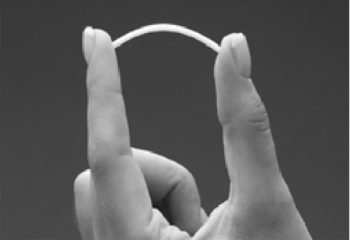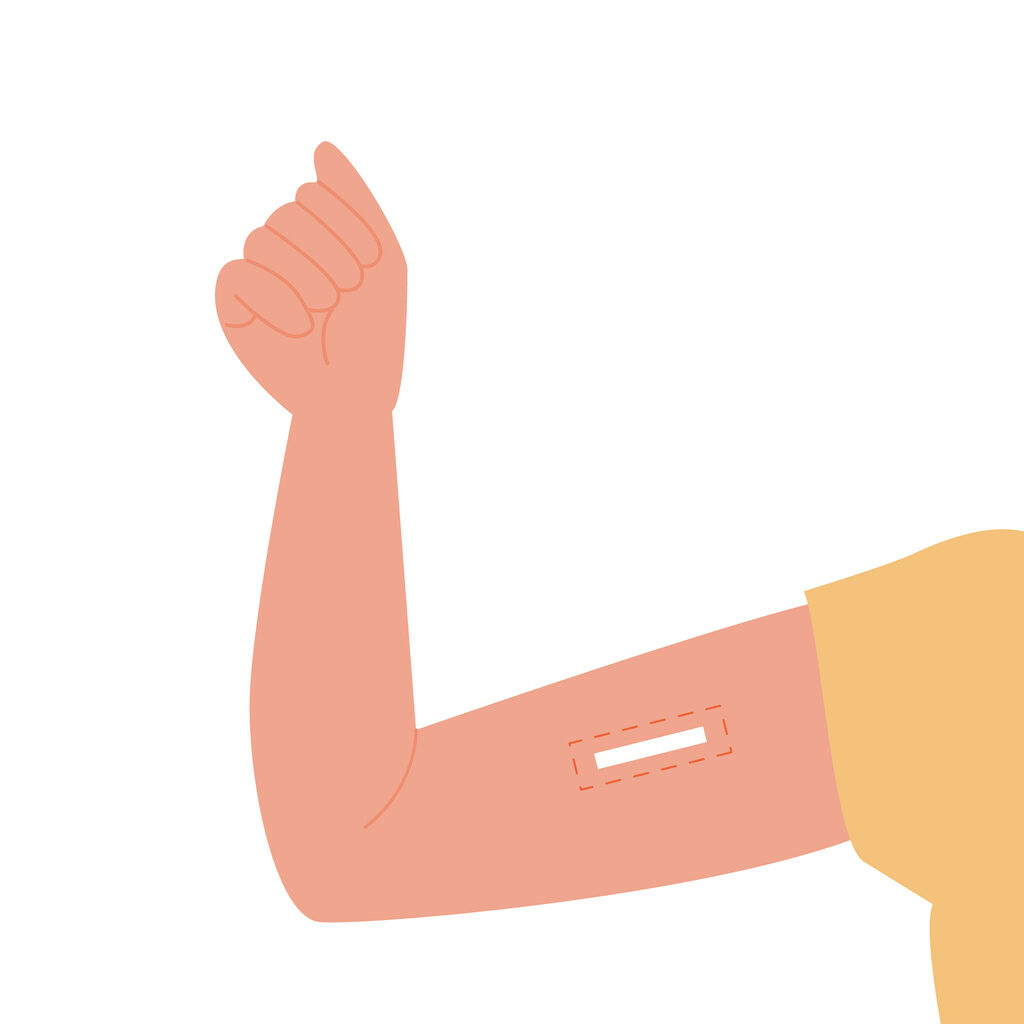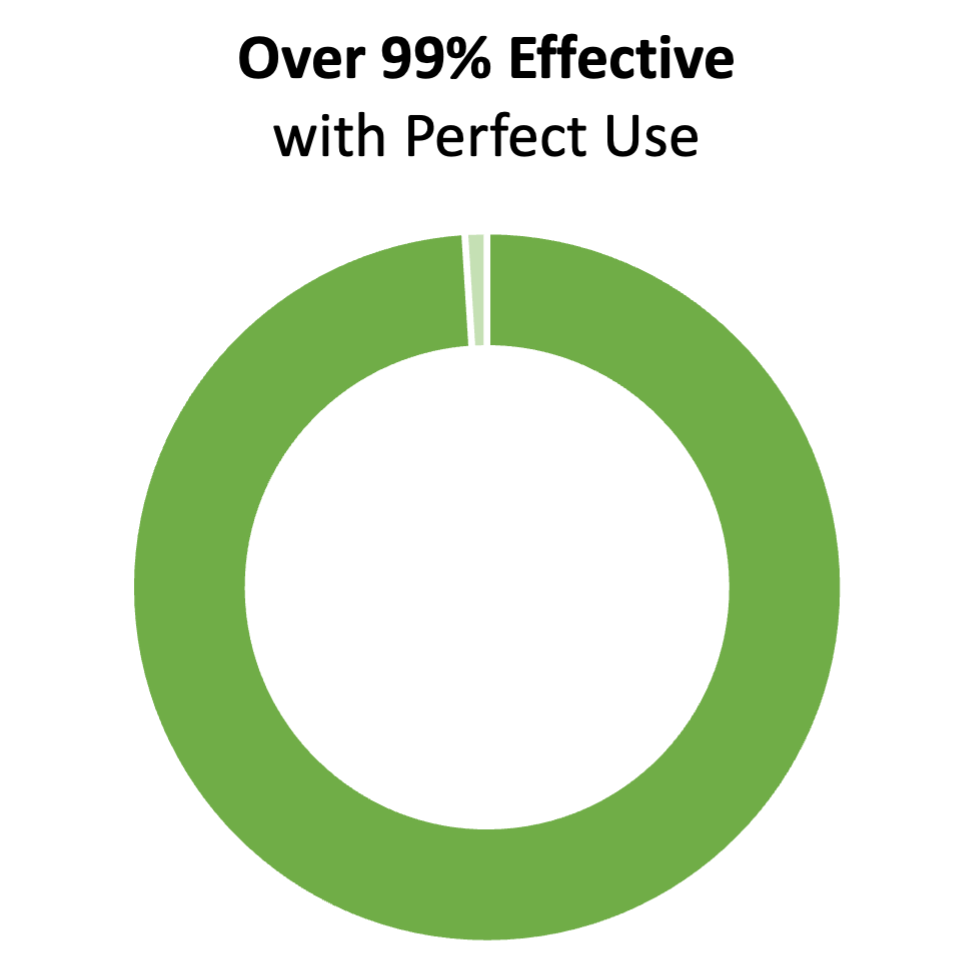Implant
Quick Facts
Most effective
Effective for 3 years
Long-Acting Reversible Contraception
Doesn’t reduce your chances of getting an STI
More About the Implant
- The implant is a small, thin rod that goes under the skin in the inner part of your upper arm.
- It reduces your chances of pregnancy for up to 3 years.
- It’s small, about the size of a matchstick. Most of the time people can’t see it once it’s in.
- Your menstrual bleeding may change. Periods may get longer or shorter, or you may have no bleeding at all.
- The implant doesn’t reduce your chances of getting HIV or other sexually transmitted infections (STIs).
If you don’t want to worry about remembering birth control, this can be a great choice for you. Once it’s in, there’s nothing more for you to do and it lasts for 3 years.


How the Implant Works
The implant has a hormone that keeps your eggs from leaving your ovaries. It also thickens your cervical mucus which blocks sperm from getting to the egg. If sperm can’t get to an egg, you can’t get pregnant.
Talk to your provider if you think you might want an implant. They will give you a physical exam and ask questions to make sure it’s the right choice for you. After you decide to get it, they will numb a small area of the skin of your upper arm and insert it just under your skin. That’s it!
If you get the implant during the first five days of your period, you don’t need to use a backup method of birth control. If you get an implant outside of that time, you must use a backup method, like condoms, for the next week.
When it’s time to take the implant out, your provider will numb your arm again just above the tip of the implant. They will make a tiny cut in your skin, and take it out. You can have the implant removed any time that you want, such as when you want to get pregnant or if have side effects that don’t go away. Otherwise, it will need to be removed after 3 years.
Effectiveness
The implant is more than 99% effective. That is, less than 1 out of 100 people using this method will get pregnant in a year.
It is one of the most effective methods of birth control. Unlike most other methods, you don’t have to do anything once the implant is in. Some medications may make the implant less effective. Talk to your provider to see if this method will work for you.


Benefits
- You don’t have to remember to take it every day.
- It doesn’t interrupt the heat of the moment.
- Your birth control is taken care of for up to 3 years.
- It can be used while breastfeeding.
- It can be used by people who can’t take estrogen.
Your provider can talk with you more about these benefits and whether the implant is the best choice for you.
Side Effects
Many people get spotting in between periods or have longer, heavier periods. Often this lasts for the first 6 to 12 months of having an implant. For some people, this happens the whole time the implant is in. However, some people get no periods at all. If you want the implant, you need to be okay with not knowing when you could get your periods or how long they could last.
Less common side effects are:
- A change in your sex drive
- Breast pain
- Marks or scarring on the skin over the implant
- Pain where the implant was placed
- Weight gain
- Problems with insertion or removal
- Headache
- Acne
Most side effects go away on their own, so give it some time. If your side effects don’t improve after six months, talk with your provider about switching to something that works better for you. Just make sure to start a new method right away, so you stay protected.
The implant doesn’t reduce your chances of getting HIV or other STIs. Condoms and internal condoms give great STI protection. You can use these at the same time as your implant.

Family PACT Coverage
If you are eligible, Family PACT covers the cost of the implant. A provider can help you decide if the implant is the best option for you.